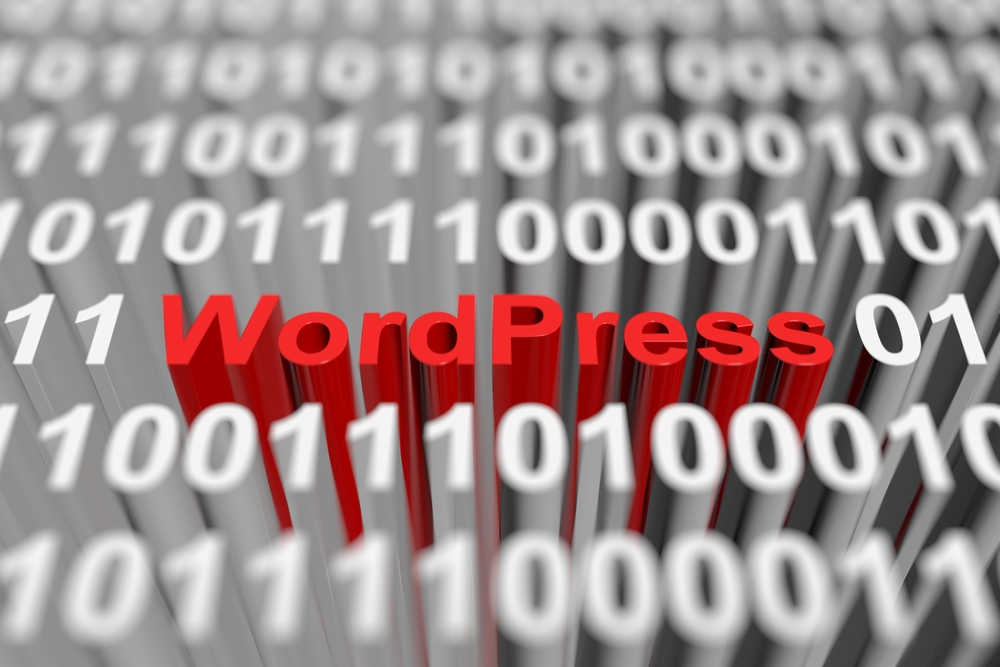
In today's digital age, blogging has become an essential tool for individuals and businesses looking to establish their online presence, connect with their audience, and drive traffic to their websites. With millions of blogs being created every day, it's crucial to understand what it takes to create blogs that stand out from the crowd and engage readers effectively. In this ultimate guide, we will provide you with tips and strategies to help you create engaging and successful weblog site that will captivate your audience and drive results.
Know Your Audience
One of the most important aspects of creating successful blog is understanding your target audience. Before you start writing, take the time to research and identify who your audience is, what their interests and preferences are, and what type of content they are looking for. By knowing your audience, you can tailor your content to meet their needs and provide value that resonates with them.
Choose the Right Topic
When it comes to creating engaging blogs, choosing the right topic is key. Your topic should be relevant, interesting, and timely to capture the attention of your readers. Consider what topics are trending in your industry, what questions your audience is asking, and what type of content is performing well on other weblog website . By choosing the right topic, you can attract more readers and keep them coming back for more.
Create Compelling Headlines
Your headline is the first thing that readers see, so it's essential to make it attention-grabbing and compelling. A strong headline should be clear, concise, and intriguing, prompting readers to click and read more. Use power words, numbers, and questions to pique curiosity and entice readers to learn more about your blog.
Write High-Quality Content
The success of your blog ultimately depends on the quality of your content. When creating blogs, focus on providing value to your readers by producing informative, well-researched, and engaging content. Use storytelling, examples, and visuals to make your content more compelling and relatable. Additionally, pay attention to your writing style, grammar, and formatting to make your blog website easy to read and visually appealing.
Optimize for SEO
Search engine optimization (SEO) is crucial for driving organic traffic to your blogs. To optimize your blog site for SEO, conduct keyword research to identify relevant keywords and phrases that your audience is searching for. Incorporate these keywords naturally throughout your content, including in your headlines, meta descriptions, and alt text for images. Additionally, optimize your blog's meta tags, URLs, and internal links to improve your search engine rankings and visibility.
Promote Your Blogs
Creating high-quality blogs is just the first step in building a successful blog. To reach a wider audience and drive traffic to your website, you need to promote your blogs effectively. Share your blogs on social media platforms, email newsletters, and online communities to attract more readers and generate interest in your content. Additionally, consider collaborating with influencers, guest posting on other blogs, and participating in blogging events to expand your reach and grow your audience.
Engage with Your Readers
Building a community around your blogs is essential for creating a successful blog. Encourage readers to leave comments, ask questions, and share their thoughts on your blogs. Respond to comments promptly, engage with your audience on social media, and incorporate user-generated content to create a sense of interaction and connection with your readers. By engaging with your audience, you can build trust, loyalty, and long-term relationships that will benefit your blog in the long run.
Monitor and Analyze Performance
To measure the success of your blogs and make informed decisions, it's important to monitor and analyze their performance regularly. Use analytics tools to track key metrics such as traffic, engagement, bounce rate, and conversion rate. By analyzing this data, you can identify trends, understand what content is resonating with your audience, and make adjustments to improve the performance of your blogs.
Conclusion
Creating engaging and successful blogs requires careful planning, creativity, and dedication. By understanding your audience, choosing the right topic, creating compelling headlines, writing high-quality content, optimizing for SEO, promoting your blogs, engaging with your readers, and monitoring performance, you can build a successful blog that resonates with your audience and drives results. With the right strategies and tactics, you can create blogs that captivate readers, drive traffic to your website, and build a loyal following.
Frequently Asked Questions
Q: How often should I post new blogs?
A: The frequency of posting new blogs depends on your goals, resources, and audience preferences. Some bloggers post daily, while others post weekly or monthly. It's essential to find a posting frequency that works for you and your audience.
Q: How long should my blogs be?
A: The ideal length of a blog varies depending on the topic, industry, and audience. In general, blog posts between 800 to 1500 words tend to perform well in terms of SEO and reader engagement. However, focus on quality over quantity and provide value to your readers.
Q: How can I monetize my blogs?
A: There are several ways to monetize your blogs, including affiliate marketing, sponsored content, display advertising, selling products or services, and offering premium content or memberships. Choose a monetization strategy that aligns with your goals and audience preferences.
Q: How can I increase engagement on my blogs?
A: To increase engagement on your blogs, encourage reader interaction through comments, social media sharing, and user-generated content. Respond to comments, ask questions, and create interactive elements such as polls or quizzes to make your blogs more engaging.
Q: How can I stay motivated and consistent with my blogging?
A: To stay motivated and consistent with your blogging, set realistic goals, create a content calendar, establish a routine, and seek inspiration from other bloggers and industry experts. Remember to focus on quality over quantity and prioritize the needs and interests of your audience.
Other useful resources